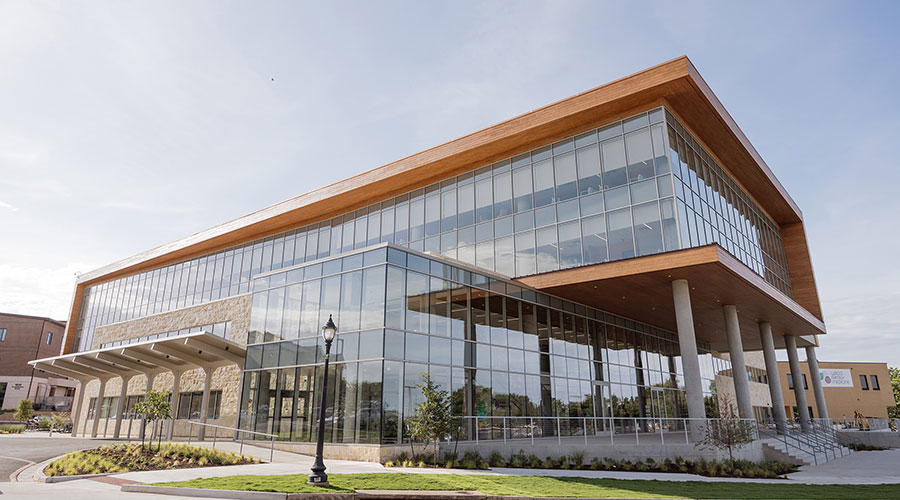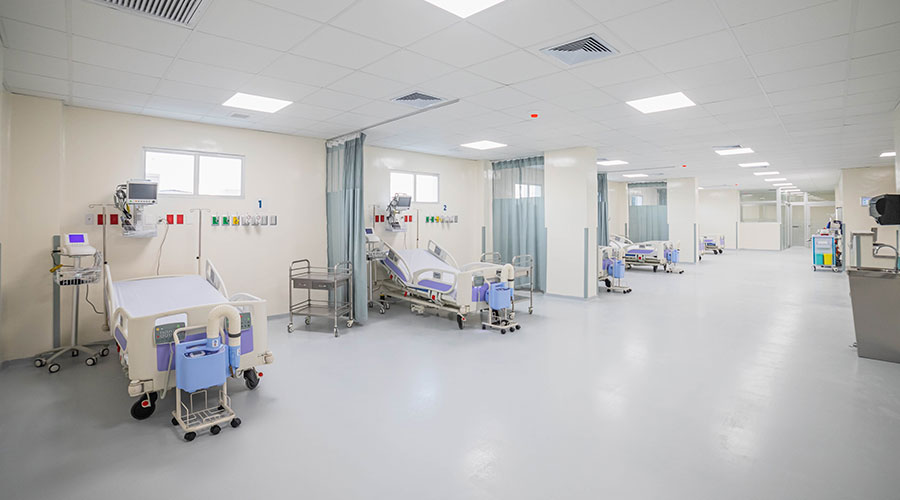Modular construction is fast replacing traditional construction, not just in the United States but also in many other parts of the world. This is because modular construction has tons of benefits to offer over traditional construction especially when it comes to quality, time and money. Modular buildings offer the unique property of being able to adapt to any kind of budget while still guaranteeing top-notch quality.
The healthcare industry has grown almost exponentially over the past decade. With new and more sophisticated technology being created every year, the healthcare industry has seen tremendous improvement as well. Modular buildings are being widely used to create satellite clinics, urgent care clinics, laboratories, physician's offices, diagnostic centers and health care facilities. This rapid expansion of the healthcare industry is calling for a quicker and more efficient construction strategy. This is how modular construction has its benefits.
Why go for modular healthcare buildings?
1. Saves Time
Healthcare institutions often find themselves in sudden need for more space. In times of crises there is a requirement for extra rooms, operation theaters, and even processing labs. Modular construction can be completed very quickly and you can have your additional space up and running in no time.
2. Cost Effective
Since modular construction takes just a few short weeks, there is a significant reduction in labor costs. Materials are also used efficiently in a factory and therefore there is minimal wastage. This further contributes to reaction in construction costs. Hospitals on tight budgets will find that modular construction is a godsend. According to a report by the Building Industry Association of Philadelphia going modular can reduce construction cost by 9 to 20 per cent.
3. Safe
Modular buildings are built in a factory and then assembled on site. About 60% to 90% of modular construction takes place offsite. There is no actual construction that takes place on the site and therefore there is no need to use any heavy machinery. Safety hazards become almost negligible. Let’s face it; you don’t want any unnecessary casualties while constructing a hospital building.
4. Minimal interruption
Since all the major constructing is done off-site in modular construction, life at the hospital is not affected in the least. Everyone can go about their day as planned and not be interrupted by construction noise, debris and barricades. When it comes time to assemble the building, the modules are transported to the site, (hence the term portable buildings) and it takes a few short hours and therefore there is no major interruption.
This is crucial for healthcare centers as time is a very important factor and lives actually do change within minutes.
5. Rentable space
If an institution does not want to commit to additional space permanently there is also the option of renting modular space, where you can get portable healthcare buildings for rent. You can rent mobile processing labs, additional patient rooms, mobile pharmacies, storing medical supplies, and pretty much any additional space that you may temporarily need to add to your institution.
Modular healthcare buildings – the sustainable solution
Hospital buildings and other healthcare institutions use a lot of electricity and are in need of a constant energy source. Modular construction offers the option of installing buildings with energy efficient systems like solar panels, geothermal systems, energy efficient glass, etc. Not only can modular construction reduce energy consumption during the building process by around 67 per cent, it also reduces energy costs for its occupants.
Another great thing about modular buildings is that they are made for the most part out of recyclable materials like recycled steel, recycled glass and recycled wood. For instance, Mobile Modular uses 100% recyclable glueless carpet tiles made from post consumer materials.
Furthermore, modular healthcare buildings can be completely dismantled. They simple have to be taken apart and reassembled, should the need arise. They leave no debris and no wastage of construction materials.
Modular healthcare construction is transforming the healthcare industry very rapidly and in a very noteworthy way.
Kathy Werder is a freelance architect and writer.

 Designing Hospitals for Wellness
Designing Hospitals for Wellness Baptist Health Announces New Cancer Care Center in Key West
Baptist Health Announces New Cancer Care Center in Key West Waco Family Medicine Achieves Savings and Bold Design with Wood Selections
Waco Family Medicine Achieves Savings and Bold Design with Wood Selections Alleged Ransomware Administrator Extradited from South Korea
Alleged Ransomware Administrator Extradited from South Korea Design Plans Unveiled for New Intermountain St. Vincent Regional Hospital
Design Plans Unveiled for New Intermountain St. Vincent Regional Hospital